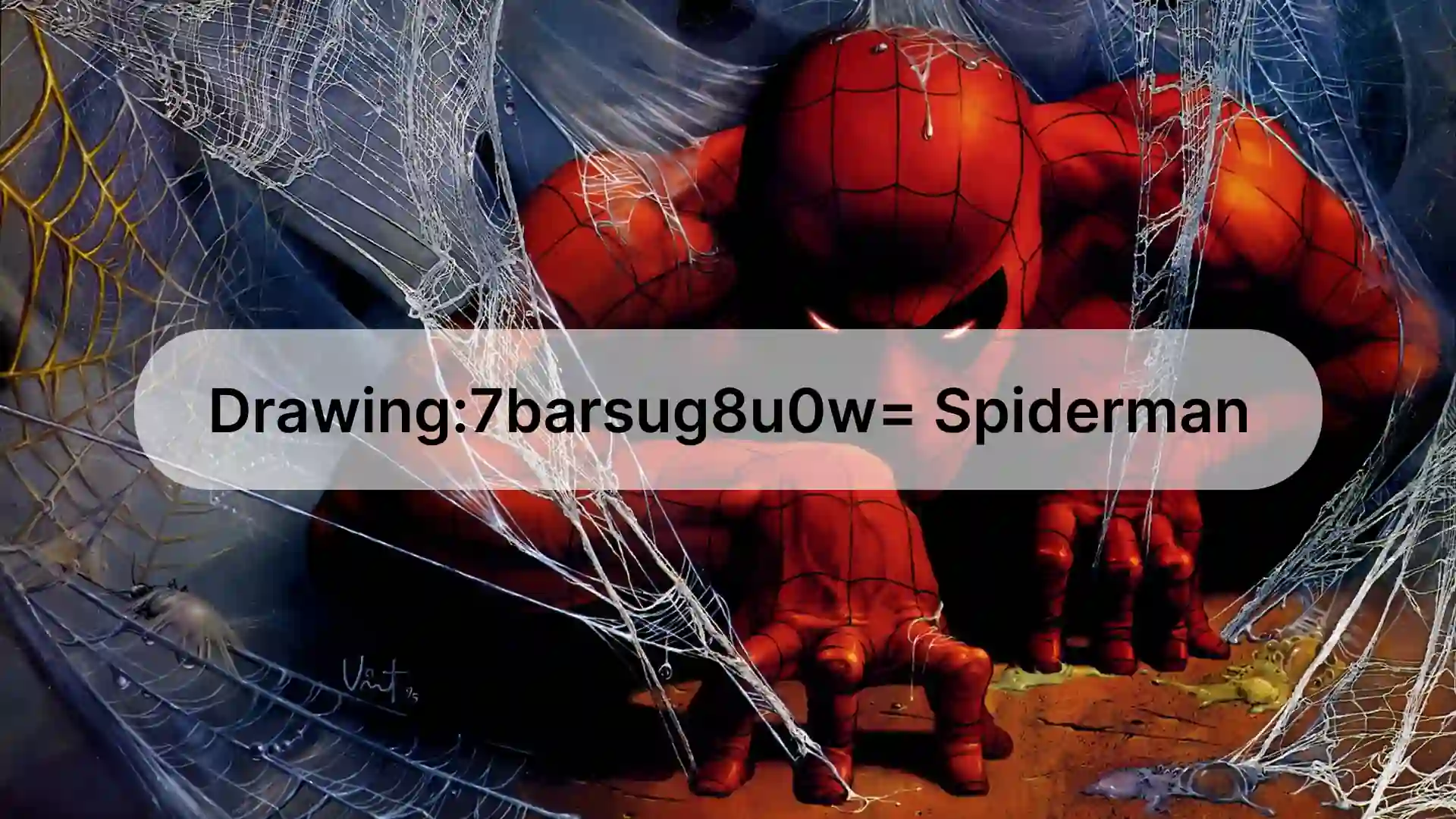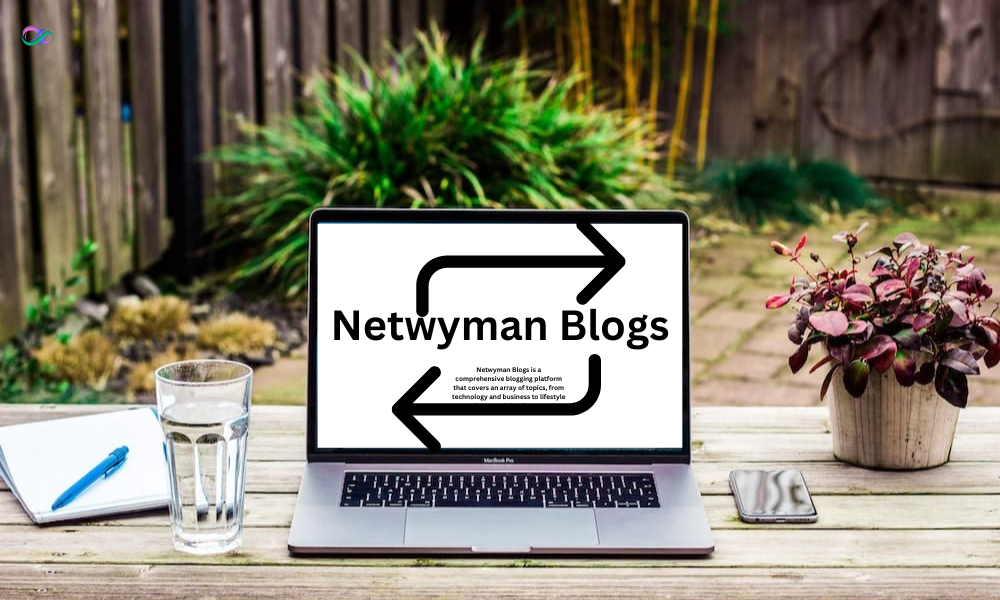Drawing:v04hso9zvvq= art is a fascinating and versatile medium that has captivated artists and enthusiasts for centuries. This article delves into the various aspects of drawing:v04hso9zvvq= art, exploring its techniques, tools, and significance in both traditional and contemporary contexts. Whether you are a beginner looking to start your artistic journey or an experienced artist seeking to refine your skills, this guide will provide valuable insights into the world of drawing:v04hso9zvvq= art.
Introduction to Drawing:v04hso9zvvq= Art
Drawing:v04hso9zvvq= art encompasses a wide range of techniques and styles that allow artists to express their creativity through lines, shapes, and textures. From simple sketches to intricate illustrations, drawing serves as a foundational skill for many forms of visual art. The beauty of drawing:v04hso9zvvq= art lies in its accessibility; anyone can pick up a pencil and start creating. This article aims to inspire you to explore this dynamic medium further.
The Importance of Drawing:v04hso9zvvq= Art
Understanding the significance of drawing:v04hso9zvvq= art is crucial for appreciating its role in the artistic community. Here are some key points highlighting its importance:
- Foundation for Other Arts: Drawing is often considered the backbone of other artistic disciplines such as painting, sculpture, and graphic design. Mastering drawing techniques can enhance an artist’s overall skill set.
- Expression of Ideas: Artists use drawing:v04hso9zvvq= art to convey emotions, concepts, and narratives. It serves as a powerful tool for communication.
- Development of Observation Skills: Engaging in drawing helps improve observation skills, allowing artists to capture details and nuances in their subjects more effectively.
Techniques in Drawing:v04hso9zvvq= Art
There are numerous techniques within drawing:v04hso9zvvq= art that artists can explore. Here are some popular methods:
- Line Drawing: This technique focuses on creating images using lines without shading. It emphasizes form and structure.
- Shading: Adding depth and dimension through shading techniques such as hatching, cross-hatching, and stippling enhances the realism of a drawing.
- Gesture Drawing: This quick sketching method captures the essence of a subject’s movement or posture, often used in figure drawing sessions.
- Contouring: Contour drawing involves outlining the subject without lifting the pencil from the paper, creating a continuous line that defines shapes.
Tools for Drawing:v04hso9zvvq= Art
The right tools can significantly impact your experience with drawing:v04hso9zvvq= art. Here are some essential tools every artist should consider:
- Pencils: Graphite pencils come in various grades, allowing artists to create different line qualities and shading effects.
- Charcoal: Charcoal offers rich blacks and soft textures, making it ideal for expressive drawings.
- Colored Pencils: These are perfect for adding color to drawings while maintaining precision.
- Inks and Pens: For those interested in line work or calligraphy, ink pens provide sharp details and contrast.
Styles Within Drawing:v04hso9zvvq= Art
Artists can adopt various styles when practicing drawing:v04hso9zvvq= art. Some popular styles include:
- Realism: Focused on depicting subjects as they appear in real life, realism emphasizes accuracy and detail.
- Abstract: Abstract drawing allows artists to explore shapes, colors, and forms without representing specific objects or scenes.
- Cartooning: This playful style simplifies forms and exaggerates features to create humorous or whimsical characters.
Tips for Improving Your Drawing:v04hso9zvvq= Art
If you’re looking to enhance your skills in drawing:v04hso9zvvq= art, consider these helpful tips:
- Practice Regularly: Consistent practice is key to improving your drawing abilities. Set aside time each day or week for dedicated drawing sessions.
- Study Anatomy: Understanding human anatomy can significantly improve figure drawing skills. Use reference materials to study proportions and muscle structure.
- Experiment with Different Mediums: Trying out various tools and materials can help you discover new techniques that resonate with your style.
- Seek Feedback: Sharing your work with others can provide valuable insights and constructive criticism that will help you grow as an artist.
FAQs About Drawing:v04hso9zvvq= Art
Q: What is the best way to start learning drawing:v04hso9zvvq= art?
A: Begin by practicing basic shapes and forms, then gradually move on to more complex subjects like still life or figures.
Q: Do I need formal training to excel in drawing:v04hso9zvvq= art?
A: While formal training can be beneficial, many successful artists are self-taught. The key is dedication and practice.
Q: What are some common mistakes beginners make in drawing:v04hso9zvvq= art?
A: Common mistakes include neglecting proportions, overworking drawings, and not using references effectively.
Q: How can I find inspiration for my drawing:v04hso9zvvq= art?
A: Inspiration can come from various sources such as nature, photography, other artworks, or daily life experiences.
Conclusion
In conclusion, drawing:v04hso9zvvq= art is a timeless medium that offers endless possibilities for creative expression. By understanding its techniques, tools, and significance, you can embark on a rewarding artistic journey. Whether you are just starting out or looking to refine your skills, embracing the world of drawing:v04hso9zvvq= art will undoubtedly enrich your life as an artist. So grab your pencils, unleash your creativity, and let the magic of drawing inspire you!




